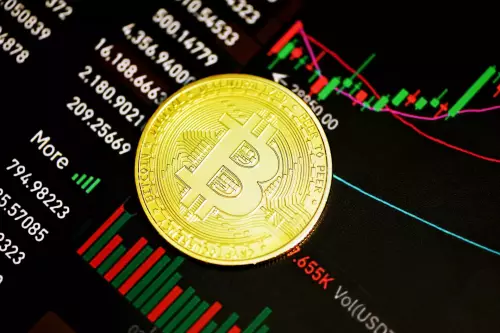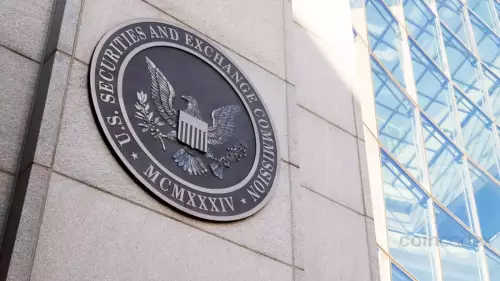 |
|
 |
|
 |
|
 |
|
 |
|
 |
|
 |
|
 |
|
 |
|
 |
|
 |
|
 |
|
 |
|
 |
|
 |
|
Cryptocurrency News Articles
DeFi's Achilles' Heel: Centralized Stablecoins vs. Decentralized Contenders
Apr 13, 2024 at 10:05 am
Decentralized finance (DeFi) relies heavily on centralized stablecoins, making it vulnerable to regulation. Terra and Abracadabra have partnered to challenge incumbents using UST and MIM stablecoins. UST is an algorithmic stablecoin collateralized by LUNA, while MIM is an overcollateralized stablecoin similar to DAI. Abracadabra founder Daniele believes UST and MIM are a "power couple" for stablecoin yields.

DeFi's Achilles' Heel: Centralized Stablecoins vs. Decentralized Alternatives
The decentralized finance (DeFi) industry stands as a testament to the transformative potential of blockchain technology, offering innovative financial products and services that challenge traditional centralized institutions. However, DeFi's reliance on centralized stablecoins has emerged as a glaring vulnerability, exposing the sector to regulatory scrutiny and undermining its fundamental principles of decentralization.
Stablecoins, digital currencies pegged to a stable value such as the US dollar, play a crucial role in DeFi. They provide liquidity, facilitate transactions, and enable seamless value transfer across various blockchain ecosystems. Yet, the dominance of centralized stablecoins, such as Tether's USDT, Circle's USDC, and Binance's BUSD, casts a long shadow over DeFi's decentralized ethos.
These centralized stablecoins are issued and managed by private companies, raising concerns about potential manipulation, lack of transparency, and regulatory overreach. The October 2021 crash of Tether, the largest stablecoin by market capitalization, vividly illustrated the risks associated with over-reliance on centralized entities.
As regulators take a closer look at DeFi's intricate ecosystem, the Achilles' heel of centralized stablecoins threatens to draw unwanted attention and limit the industry's growth potential. To address this vulnerability, the DeFi community has embarked on a quest to develop decentralized alternatives that can offer stability, reliability, and regulatory compliance without sacrificing the principles of decentralization.
Terra's UST and Abracadabra's MIM stand out as promising contenders in the race to dethrone centralized stablecoins. UST, an algorithmic stablecoin, maintains its peg through a sophisticated mechanism that burns and mints its native LUNA token to absorb price fluctuations. MIM, an overcollateralized stablecoin, is backed by a diversified portfolio of crypto assets, mitigating the risks associated with any single collateral source.
A recent partnership between Terra and Abracadabra has fueled excitement within the DeFi community, as it promises to combine the strengths of UST and MIM to create a formidable challenge to the incumbents. MIM-UST liquidity pools and LUNA collateral are just a few of the potential integrations that could emerge from this collaboration, offering users greater yield farming opportunities and enhanced risk management tools.
While decentralized stablecoins like UST and MIM face challenges in achieving the same level of market dominance as their centralized counterparts, their alignment with DeFi's core values and their potential to mitigate regulatory concerns make them a compelling choice for the long-term success of the industry.
The battle between centralized and decentralized stablecoins is not merely a technical debate but a fundamental clash between opposing visions for the future of DeFi. Centralized stablecoins represent a compromise between stability and decentralization, while decentralized stablecoins embody the true spirit of DeFi, offering self-governance, transparency, and resilience to regulatory pressure.
As the DeFi ecosystem matures, the choice between centralized and decentralized stablecoins will determine the direction of the industry. If DeFi is to fulfill its revolutionary potential, it must embrace the principles of decentralization and actively cultivate alternatives that can replace centralized entities without sacrificing market stability or regulatory compliance.
Disclaimer:info@kdj.com
The information provided is not trading advice. kdj.com does not assume any responsibility for any investments made based on the information provided in this article. Cryptocurrencies are highly volatile and it is highly recommended that you invest with caution after thorough research!
If you believe that the content used on this website infringes your copyright, please contact us immediately (info@kdj.com) and we will delete it promptly.






























































